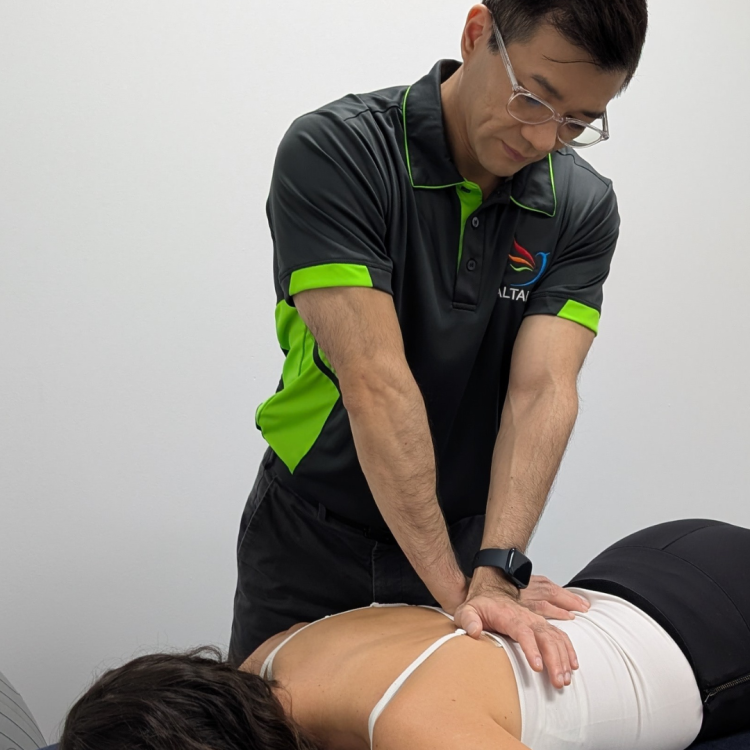Navigating the common musculoskeletal injuries footballers experience

With its high intensity, fast paced nature, Australian football places great pressure on player’s bodies, often resulting in less than ideal injuries. From sprains to strains, and everything in between, injury is almost unavoidable within the football world. However, depending on the severity of the injury, appropriate physiotherapy can aid the recovery of most injuries, helping players to regain strength and mobility, ensuring they’re back on the field in no time!
Let’s take a look at some of the more common musculoskeletal issues that football players endure, as well as some effective strategies to facilitate recovery.
Hamstring injuries – this is due to the large strides players take in order to maintain speed during a game. Hamstring injuries can also occur when players change direction quickly, bend down to grab the ball, or attempting to break out of a tackle.
ACL injuries – anterior cruciate ligament injuries involve a tear in one of the knee ligaments that connects the upper leg bone to the lower leg bone. This type of injury often occurs when a player is slowing down suddenly, pivoting in movement or lands awkwardly after jumping – all common movements during a football game and thus hard to avoid.
Shoulder sprains – a shoulder sprain or dislocation during a football game can occur from high impact or a direct hit to the shoulder, often when falling to the ground, in a heavy collision or during tackling. Shoulder injuries result from the supporting and stabilising tissue being over stretched or torn. The shoulder is a very mobile joint, making it more susceptible to injury and dislocation.
Groin strains – this type of injury occurs when the muscles in the groin region are over stretched, often when sprinting, abruptly changing direction or kicking. A common overuse groin injury that can develop in football players is ‘Osteitis Pubis’, which involves inflammation where the left and right pubic bones meet. This can cause instability and pain, and movements such as running and kicking can often worsen the condition.
Although these injuries may be common on the footy field, the good news is that they can often be effectively managed and even prevented through the benefits of physiotherapy.
Here are a few quick elements of a physiotherapy session that can help to prevent and/or manage your footy injury:
- Stretching exercises to increase mobility
- Soft tissue massage
- Dry needling
- Joint manipulation
- Injury education
If you find you’re currently experiencing pain or discomfort similar to the injuries discussed in this article, or if you’re looking to be proactive and prepared for any upcoming training or games, schedule an appointment with one of Altaira’s experienced physiotherapists here: https://bookings.nookal.com/bookings/appointment/EDJUN/XVSUD?d23cb1c1b76a6441fe15ae82163729bb=6e74dac50ff62590e89225060536f1e4









